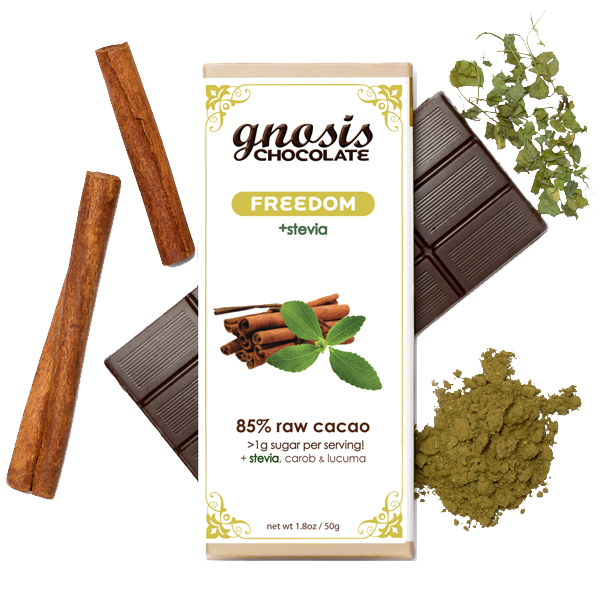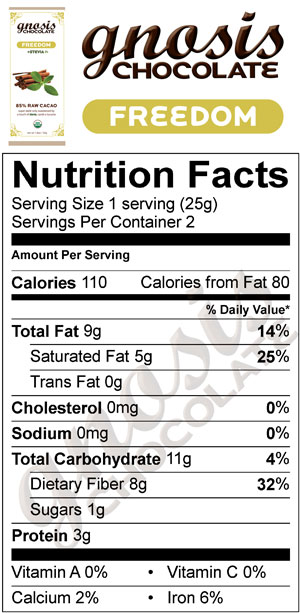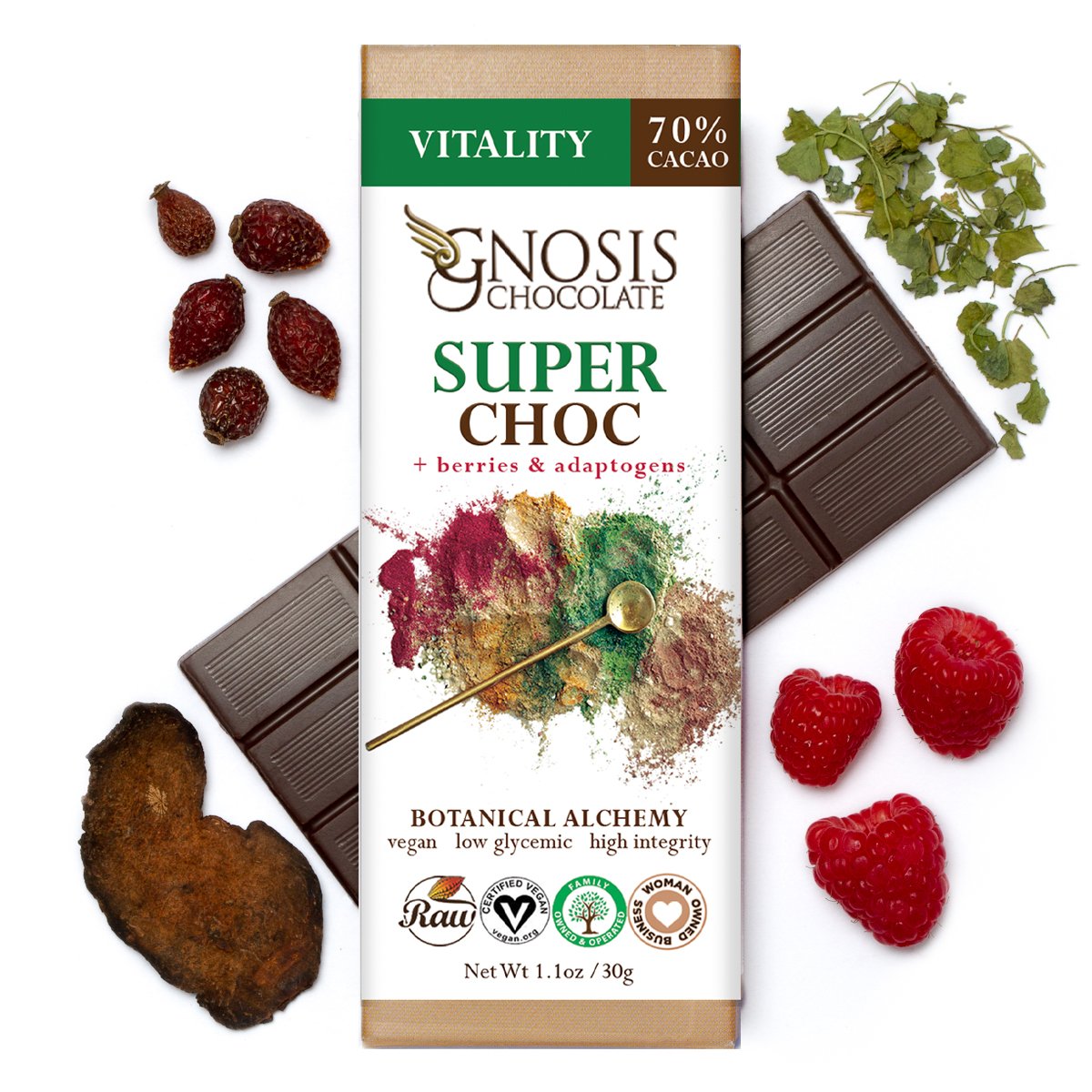Pure Lovely Date-Sweetened Bar
Pure Lovely Date-Sweetened Bar
An ancient symbol of prosperity from Mesopotamia, dates have adorned tables since antiquity. They are revered for their dense nutrients and rich, caramel sweetness. Laden with fiber, minerals, and antioxidants, they nourish both body and soul. When intertwined with the velvety bitterness of cacao, a divine alchemy unfolds, melding ancient treasures into a symphony of flavor and wellness, enticing the palate and invigorating the spirit.
Net Wt. 1.1oz / 30g
INGREDIENTS: 70% raw cacao beans*, ground dates*, Love. *organic
Long before refrigeration, dried dates could keep for years, making them invaluable for travelers across seas and deserts. They can be turned into honey by boiling and straining the fruit; in fact, the biblical phrase “land of milk and honey” refers to honey from dates, not bees. * They can also be fermented into liquor, like the date wine enjoyed by ancient Babylonians, according to the historian Herodotus. The tree itself was a source of fiber for ropes and baskets, fronds for shelter and shade and columns for construction. That led one rabbi to remark at least 1,500 years ago, long before environmentalism was cool, “This date palm—no part of it is wasted.”
Egyptian architects building the temple of Sahure 4,500 years ago shaped their stone pillars like palm trunks, and the style was still in use 2,000 years later when Herodotus noted “pillars carved to imitate date palms” at a different Egyptian temple. By that time the “palmette,” a stylized motif based on palm fronds, had spread through the civilization of ancient Greece. In The Odyssey, Odysseus washes up on a beach and meets a princess. He has never seen anything as beautiful as her. “Wait,” he stops. “Once I saw the like—in Delos, beside Apollo’s altar—the young slip of a palm-tree springing into the light.”
Most cultures in these parts had a role for the date palm in the story they told about the world, as the Iraqi-born food writer Nawal Nasrallah describes in her 2011 book Dates: A Global History, an invaluable compilation of lore. The Sabians of Mesopotamia associated the tree with lunar worship and called it sindirqa, or “road to the moon.” The ancient Sumerians believed the palm was the first tree ever created, and that it was tended by a godly raven. The Roman chronicler Pliny the Elder believed the date palm to be the nesting site of the phoenix, the self-incinerating, self-resurrecting bird of myth. […]
Only in the past few years, though, have scientists begun to extract significant information from the trees, using an approach they call “resurrection genomics.” Biologists studying the ancient world usually have to make do with scraps of ancient DNA that have badly degraded over time, but the genetic material they are extracting from the trees is simultaneously very old and brand new. “In this case we have lots of genetic information—as much as we’d have from a modern palm,” said Muriel Gros-Balthazard, a scientist at the Institute of Research for Sustainable Development in Montpellier, France, and a member of the team studying the trees. What has emerged is a fascinating story about geography, agriculture and politics in antiquity.
It’s impossible to say what this part of the world will look like in the centuries to come, or what sort of people will be bustling around at ground level, eating, quarrelling and telling each other stories. But it’s safe to say that whoever they are, somewhere nearby will be a stand of [date] trees, traveling gracefully through space and time without moving an inch.
https://www.smithsonianmag.com/history/sweet-sticky-history-the-date-180980983/
* see our Jujube Mine? truffle - our version of Date Honey!








